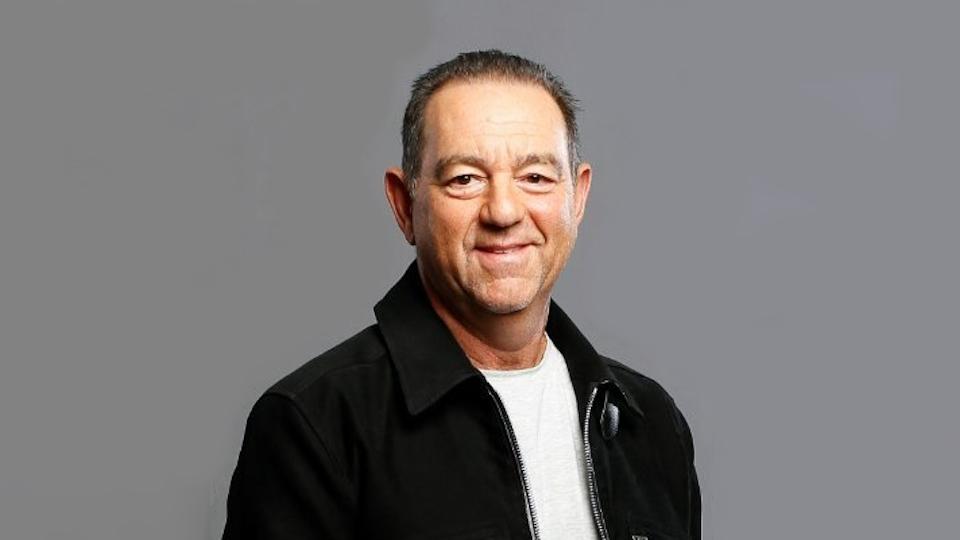Living with LHON: Individual struggles, common challenges

Being diagnosed with a rare disease is often a bolt from the blue, and while each person’s journey is different, there are common challenges that bind patient communities together.
Over the last few months, our Living with LHON features have looked at the individual stories of the inspirational people who have refused to let sight loss mean the end of their dreams.
In this, the last of the series, we take a look back over the challenges families face, how they adapt to their new reality and the role patient support groups play in helping people live well with a genetic disease.
Common challenges
In Europe, two in every 100,000 people live with Leber’s hereditary optic neuropathy (LHON), a rare genetic disease that is passed down the maternal line and tends to leave sufferers with no central vision within months of onset.
Every single one of them is different, with an individual tale to tell, but there some common threads running through their stories.
As is the case in many rare diseases people with LHON tend to experience something of a diagnostic odyssey.
It took between three and six months for Fredrik Guzmán Lindemark, who was 15 at the time, to find out what was wrong with his vision.
Remembering the uncertainty, he said: “I can’t remember much in detail of how I handled that time. Some moments just feel like a big blur. It was just hell.
“In the months before they suspected LHON, they thought they had to treat it as though it was a brain tumour. It was really, really tough.”
Another common challenge is the young age at which the disease hits – LHON is most commonly diagnosed between 15 and 35, when people are in the prime of their lives.
When his symptoms first started, James Ferguson was living his dream of travelling the world teaching English as a foreign language.
“I was told there is no cure and nothing more we can do for you,” he told pharmaphorum.
“It was such a stark contrast to my mindset of a few months earlier when anything felt possible. Now I felt I had lost all hope.”
Richard Wheeler was 24 and at university when he started experiencing symptoms, his dad Russell told pharmaphorum.
“He moved back in to the family home and we became once again an important part of his support network as he made the necessary adjustments to life without sight,” said Russell, whose experience led him to co-found the LHON Society.
The very nature of a rare disease means not all healthcare professionals are aware of the condition or able to offer information or support. There’s also the added dimension of a genetic element for the whole family to contend with.
Maryse Roger’s two brothers were told they had LHON when they were 10 and 21. When her son was eight, he also developed the condition, and she herself was diagnosed four years later.
“Once LHON was known within the family, the threat weighed over us. It really was like the Sword of Damocles,” she said.
Coping strategies
Despite its debilitating impact, none of the people we spoke to have allowed LHON to stand in their way.
Common coping strategies have included a “can do” attitude and finding ways to accept the new, unexpected reality.
Krister Inde embodies both of these. It took 30 years for him to discover the visual impairment that had developed when he was 19 was LHON.
But in that time, he travelled the US with his twin brother, became a vision rehabilitation trailblazer and is the founder of Sweden’s network of 33 low vision centres. In 2003, he authored See Bad Feel Good, a handbook on coping with the trauma of severe visual impairment.
Adaptations – from physical changes to the home and learning to use assistive technologies to embracing your dreams – are critical, all agreed.
According to Krister, who developed ‘eccentric reading’ as a method of seeing as much as possible when reading or out and about, the support of family and others in the same situation is crucial.
The key to success, he said was never giving in to bitterness, guilt, self-pity or shame.
He said: “Do not be ashamed that you have a negative feature, don’t get screwed up by your bad vision. It’s a struggle to be normal with abnormal sight, but you have to make yourself understand that you’re going to be all right.”
Adaptations – from physical changes to the home and learning to walk with a cane to embracing technological solutions and tailoring your dreams to your conditions – are critical, all agreed.
Pedro García Recover, LHON patient and president of Spanish patient group ASANOL, summed it up: “When the disease enters your life, change your intended road map.”
That’s just what Marius Müeller did. At diagnosis, he was 18, had just passed his driving test and was about to embark on the career he had trained for, as a machinist.
His mum, Francesca, said it was a very tough time, but he embraced the challenge and is now enjoying life. LHON forced him to change his career and he is currently undertaking a programme of vocational training and employment at his local Chamber of Commerce and Industry (IHK).
Peer support
Something all our LHON interviewees had in common was their appreciation of and encouragement of peer support. When living with a rare disease, they said, the value of being able to talk to people who understand cannot be overestimated.
Ana Velosa’s son, Tomás, started experiencing symptoms at just 15, but the family have not received as much support as they would like. Portugal does not have an LHON patient support organisation and disease education and information in its native tongue is thin on the ground.
“We feel more loneliness, because it is a rare disease and there is little information. What we have read was written and translated by doctors and other researchers from abroad,” said Ana.
Christiane Trenkner, whose sister Sonja was diagnosed in 2013, advised anyone going through a similar experience to do whatever they could to build a support network.
“For us it was very helpful to find others with this disease and to exchange knowledge and experiences with them. I would advise people to look out for others,” she said.
Author Paula Morandi, who had a two-year-old son when she was diagnosed in 1992, said that finding peer support group Mitocon had been transformative.
Since then, her advocacy work has snowballed, and she speaks to newly diagnosed people all the time.
“I tell them that the human brain is structured to help us adapt. After a while, even if your optic nerve does not get better, even if you don’t get your vision back, your brain starts to adjust, and life becomes easier,” she said.
Never lose sight of your dreams
The overarching lesson from our LHON series was never to give up. No one highlighted that more than Paralympic swimmer Fabrizio Sottile, who was registered blind at just 17.
“When I partially lost my sight, I thought my sporting career was over, but then I found out about the world of Paralympic swimming and realised there was a lot more I could do,” he explained.
“I cannot hide that it was not easy. I suffered at the start because swimming was my reason for life, but then I realised I didn’t have to give up on my dreams, and that I could still reach my goals.”
A diagnosis of LHON can be devastating. It can end careers before they even start, turn parents and partners into carers and leave a genetic question mark over the whole family.
But it’s not the end. Through assistive technology, peer support and determination, people living with the condition can still achieve their dreams and inspire others to do the same.
To read further articles in this series please visit our Disease Spotlight: LHON channel produced by pharmaphorum in conjunction with Santhera Pharmaceuticals.











